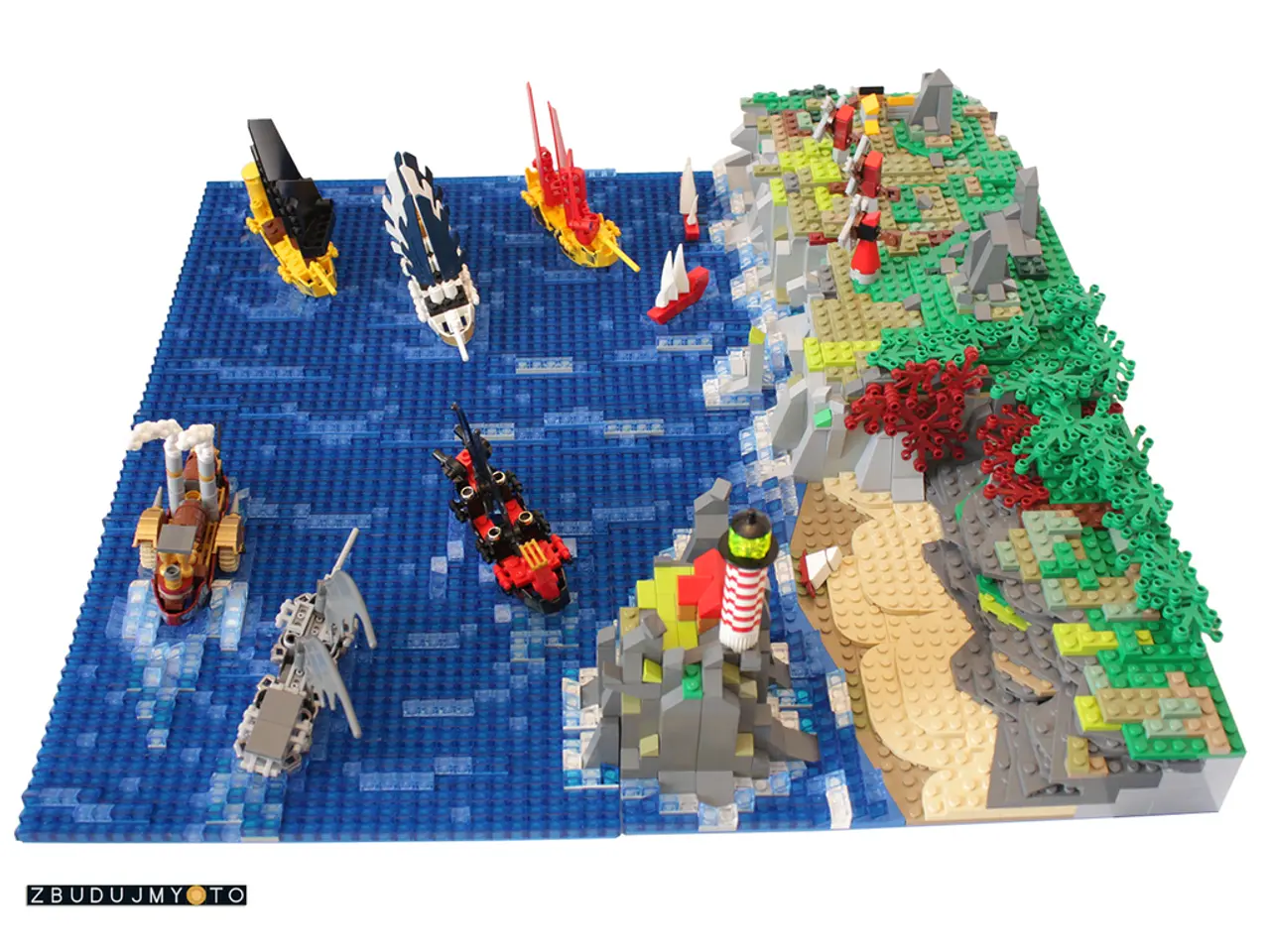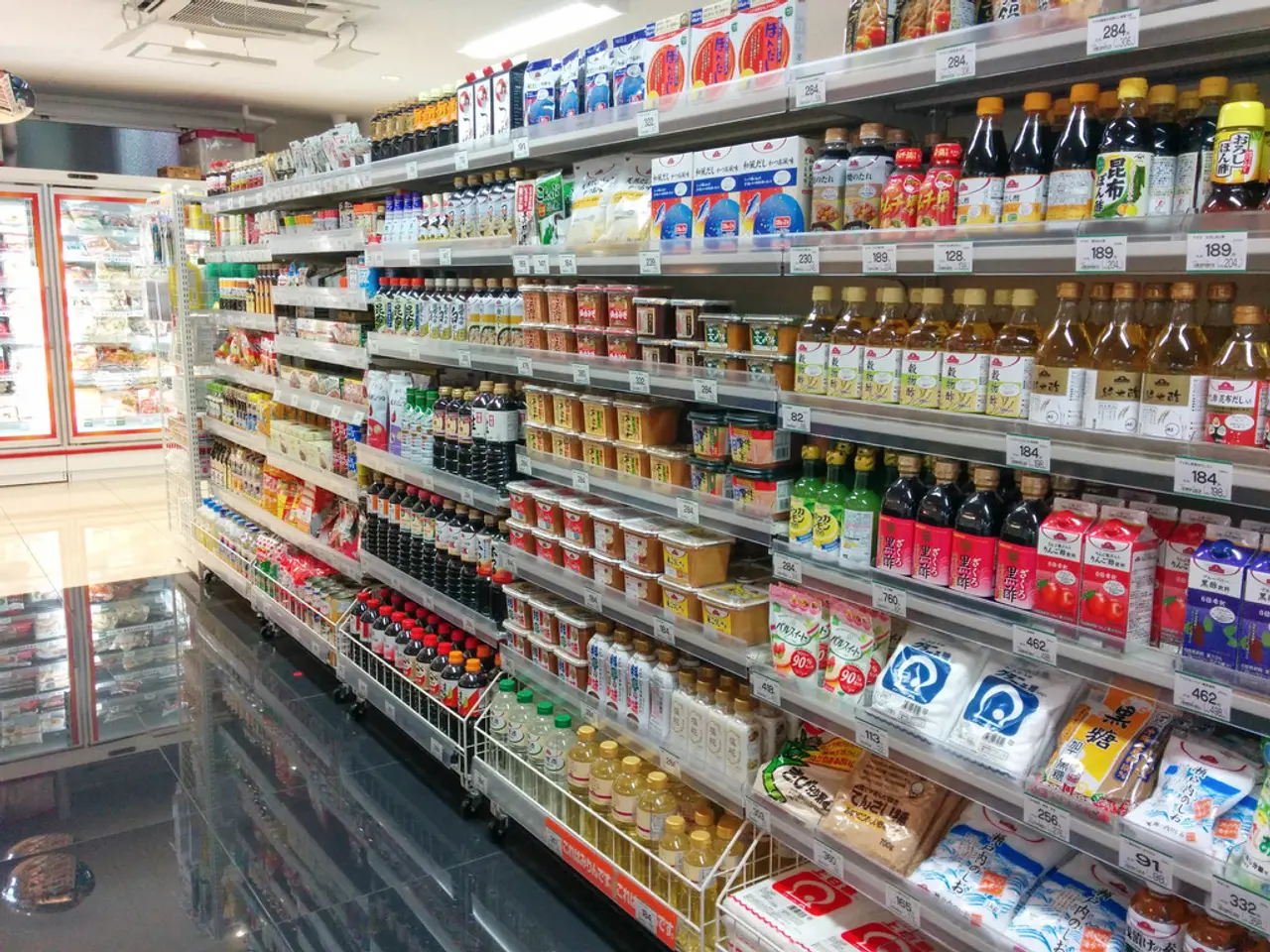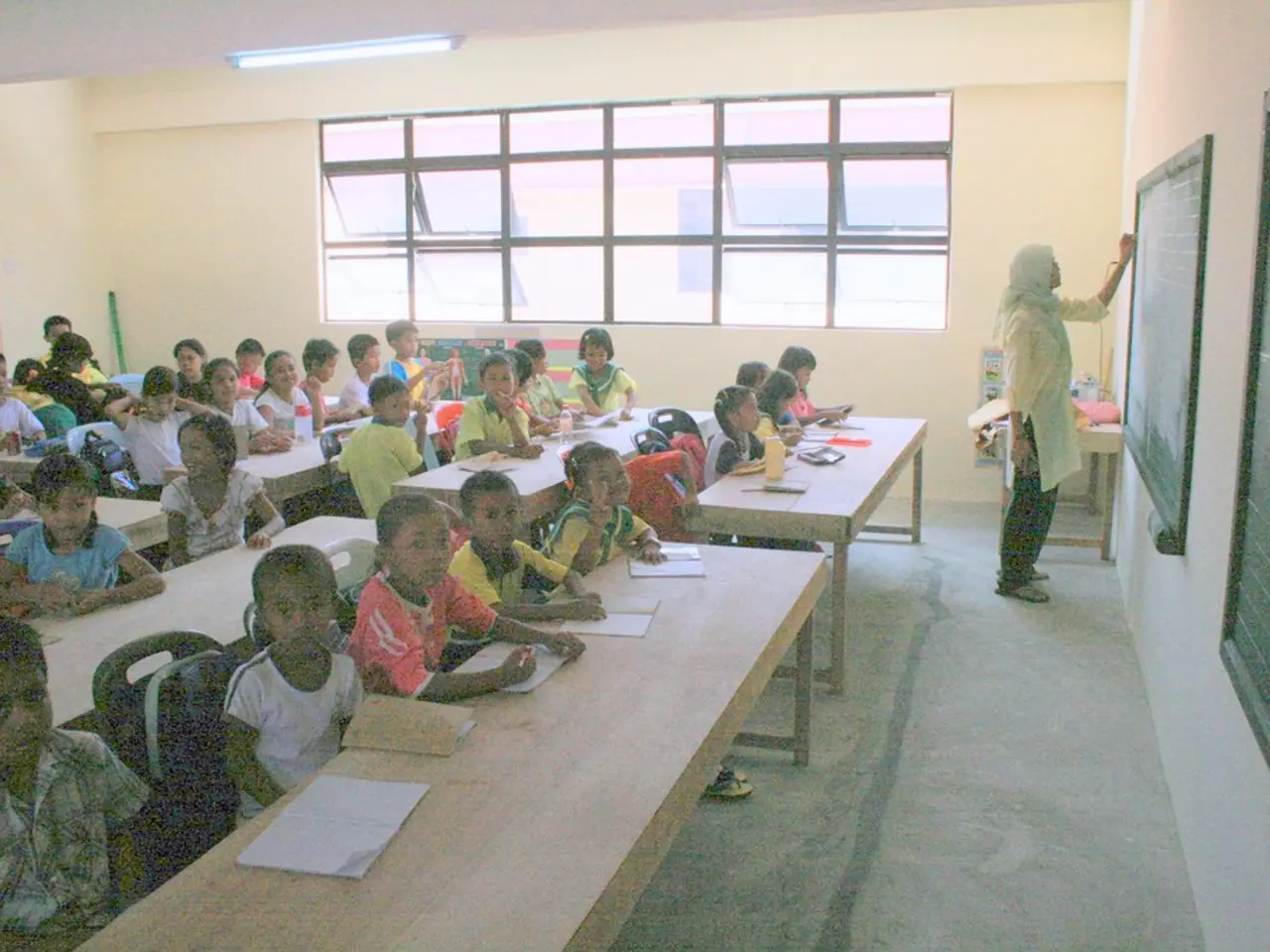Navigating the Balance Between Revolutionary and Relevant Ideas
The Self-Assembly Lab, located in MIT's Department of Architecture, is at the forefront of groundbreaking research in self-organizing systems, programmable materials, and transformable structures. Led by Skylar Tibbits, a tenured associate professor of design research and a lecturer in MIT's Department of Architecture, the lab is redefining the boundaries of material science and design.
The lab's work is centred around creating materials and structures that can autonomously assemble, adapt, and reconfigure themselves over time. This innovative field, often referred to as 4D printing, involves 3D printed materials that change form or function after fabrication. The lab's research bridges advanced computational design and material science to create self-assembling, self-transforming, and environment-responsive structures.
One of the lab's notable achievements is the development of inflatable, multi-form materials. These materials, with intricate internal geometries, allow controlled shape transformations by varying air pressure, demonstrating programmable material behaviour suitable for adaptive architectural and engineering applications.
Skylar Tibbits' graduate work at MIT played a significant role in the creation of his art installations, which often feature complex structures made from algorithmically designed and computationally fabricated parts. One such installation is VoltaDom, a corridor-spanning art piece that was installed at MIT for the Institute's 150th anniversary celebration. The installation of VoltaDom required painstaking work, including riveting and bolting together thousands of tiny parts.
The Self-Assembly Lab's research also extends to the study of structures that respond to their environments. For instance, the lab has collaborated with volcanology and materials science experts to investigate materials and shapes that can strategically interact with natural forces, such as lava flows, to divert them without fighting nature. This work exemplifies the lab's commitment to leveraging natural disaster energies constructively rather than destructively.
Another notable project is the "Growing Islands" initiative, a collaboration with Maldivian researchers. The lab designed submersible structures that harness wave energy to promote natural sediment accumulation, effectively growing beaches and islands to combat coastal erosion and sea-level rise.
The research at the Self-Assembly Lab aims to create things that can build themselves. The lab focuses on promoting systems that can construct themselves elegantly, blending computational design with natural processes. Tibbits' research agenda for his lab was sparked during the assembly of VoltaDom, and he co-directs the lab with his team of collaborators.
In summary, the Self-Assembly Lab at MIT is leading the way in the development of self-assembling, self-transforming, and environment-responsive structures. Their work has applications ranging from disaster mitigation to innovative architecture and materials engineering, and they continue to push the boundaries of what is possible in the realm of programmable materials and structures.
[1] Volta Dom [2] 4D Printing [3] Programmable Materials [4] Lava Casting [5] Growing Islands
- Skylar Tibbits' graduate work at MIT, which included the creation of complex structures for his art installations like VoltaDom, played a crucial role in his exploration of programmable materials, helping him to further his research in this area.
- The Self-Assembly Lab's research, such as the "Growing Islands" initiative and collaboration with volcanology experts for lava casting projects, demonstrates their commitment to leveraging technology and materials to adapt structures to their environments, promoting sustainable solutions for issues like coastal erosion and natural disasters.




